The prime part of an airplane is its engine. So how does it work and keep the plane going?
In simple words, jet engines create a powerful push that propels the aircraft forward with immense force, making for rapid flight. This works on Newton’s third law of motion: For every action, there is an equal and opposite reaction.
The simple operation of all jet engines, also known as gas turbines, is the same. A fan at the front of the engine draws air inside. The air pressure is increased using a compressor. The shaft of the compressor consists of several blades. The air is compressed or squeezed because of the blades’ rapid rotation. Then, the compressed air is sprayed with fuel, and that mixture is ignited by an electric spark. At the head at the rear of the engine, the expanding, burning gases erupt. The airplane and engine are propelled forward while the gas jets fly rearward. The turbine is a different set of blades that the hot air goes through on its way to the nozzle. The compressor and turbine are mounted on the same shaft. The compressor spins while the turbine rotates.
The air is seen flowing through the engine in the graphic below. The engine’s core is surrounded by air, which also passes through it. Subsequently, some of the air is hot while other parts are cold. The cold and hot air get combined at the engine departure location.



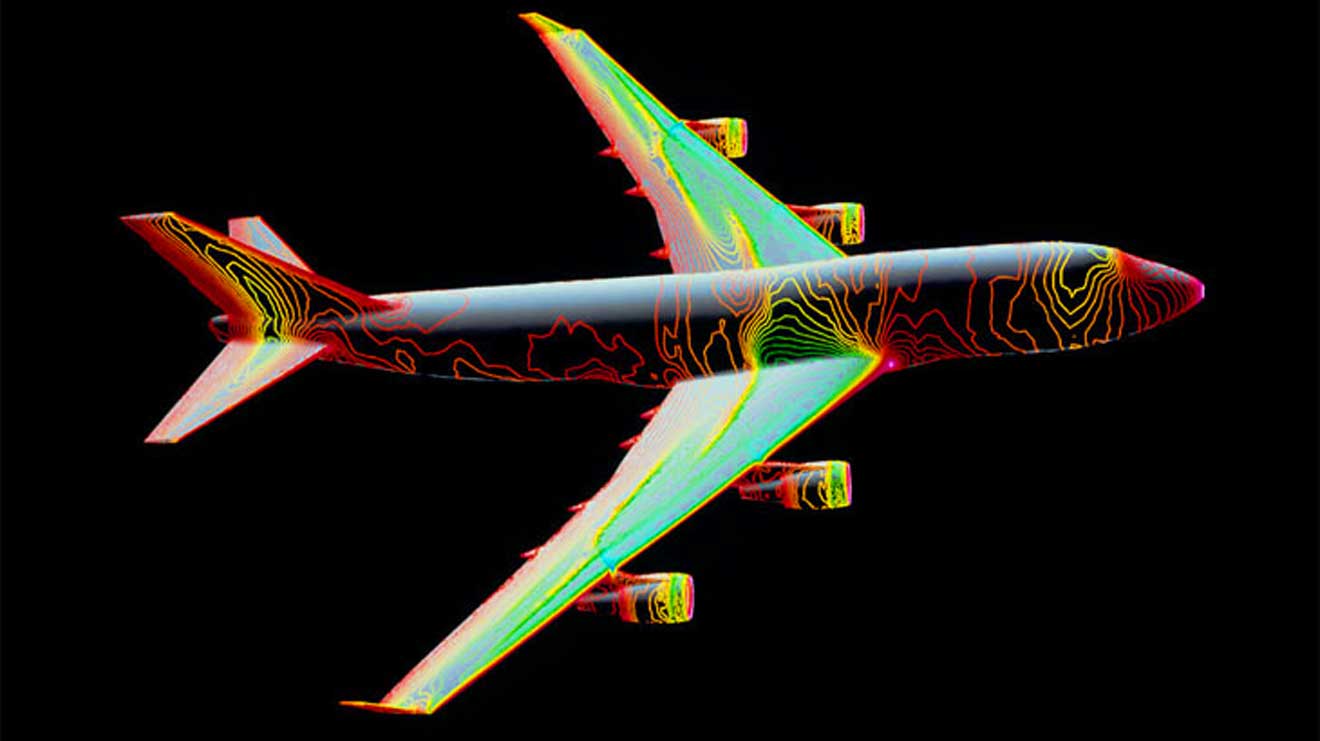


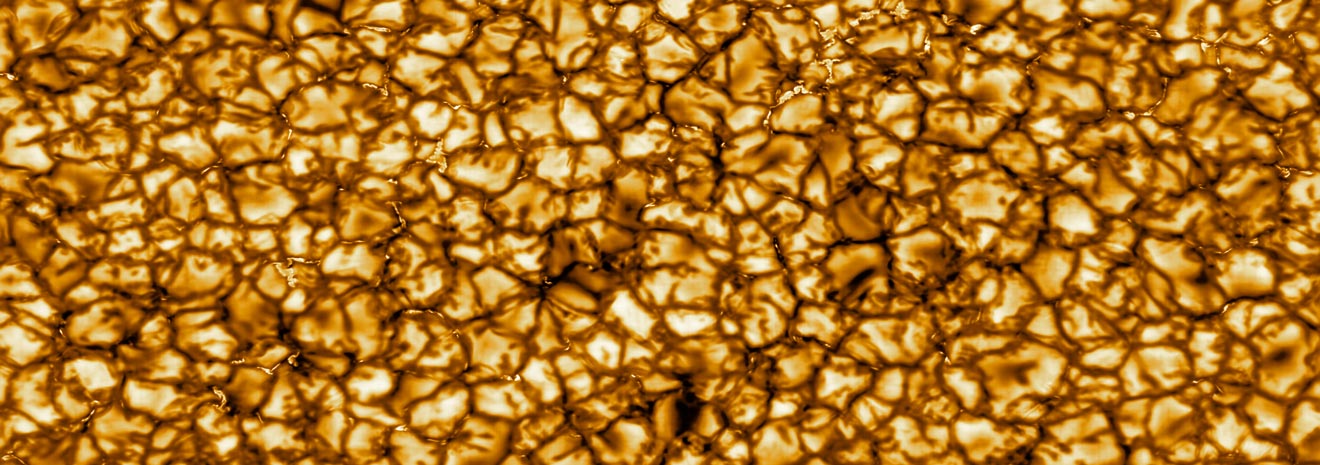
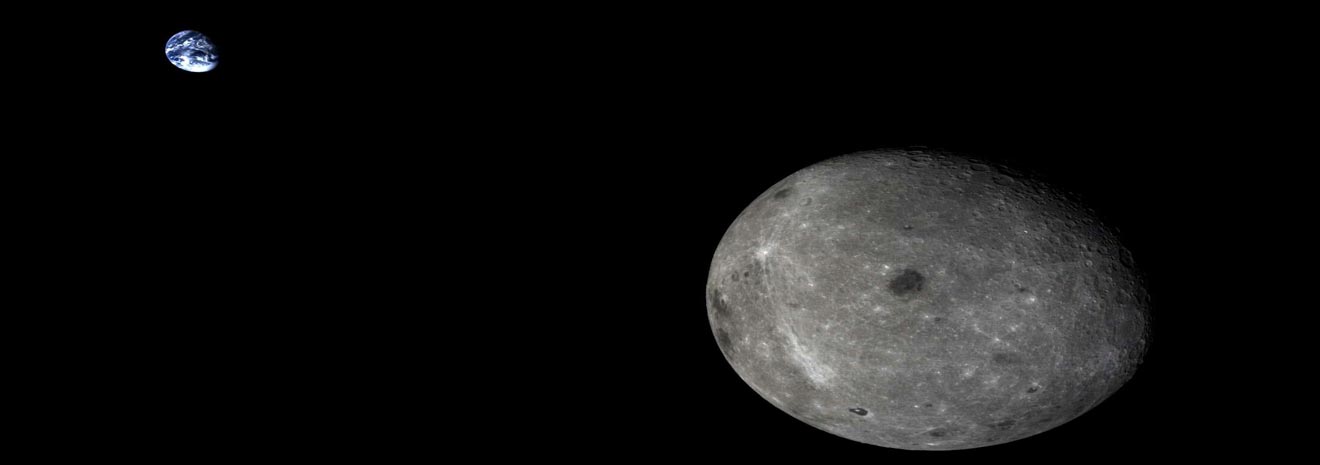
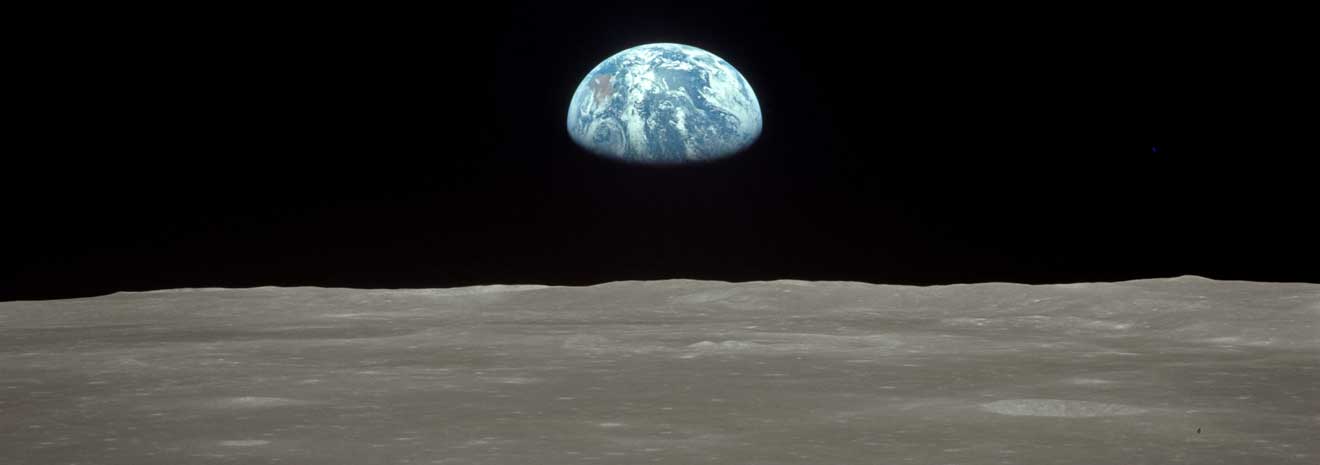
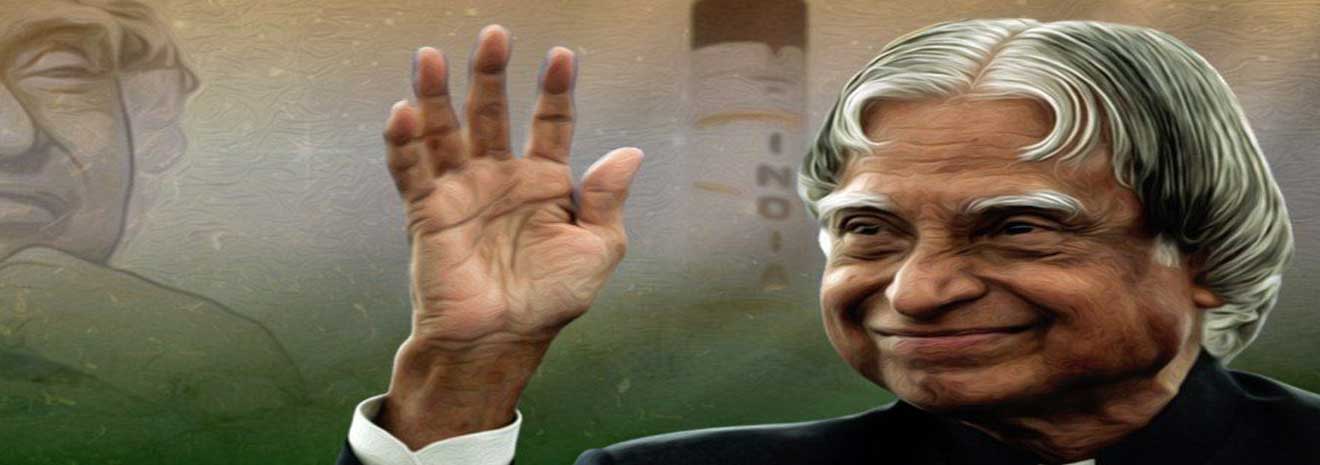
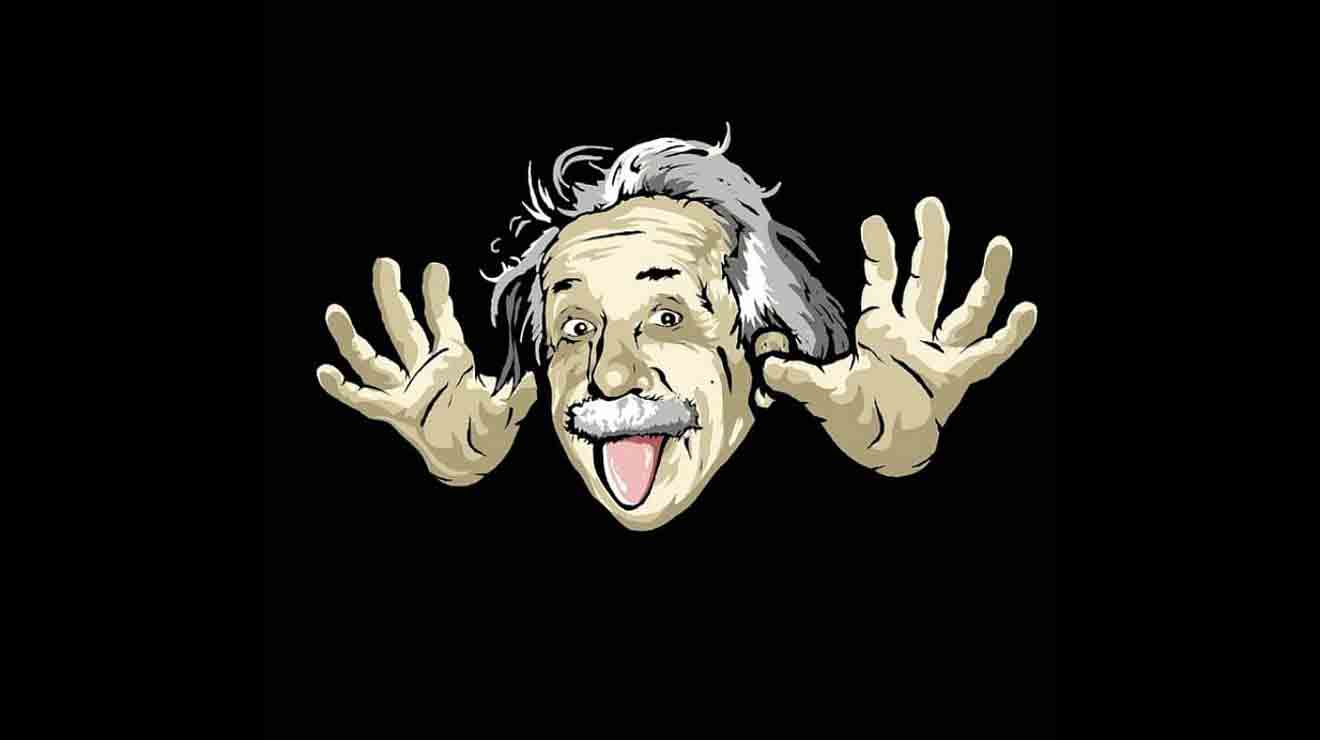

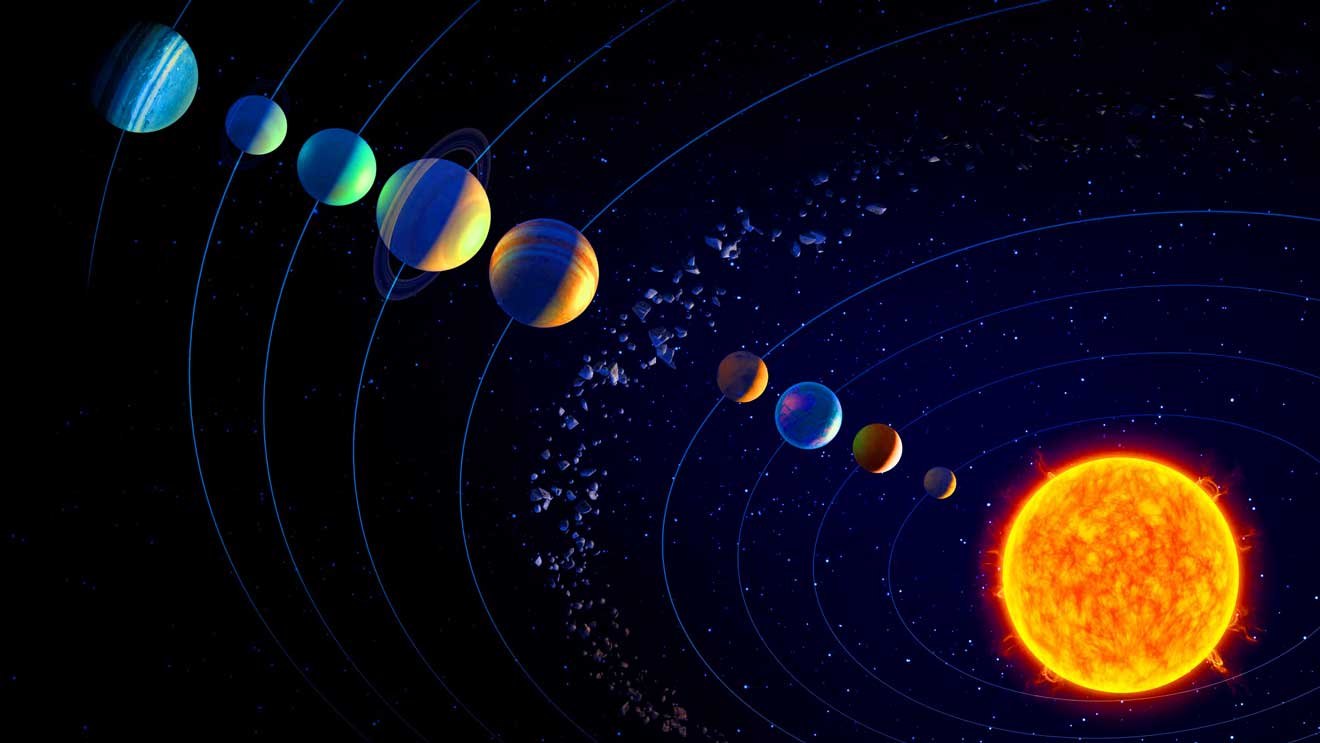
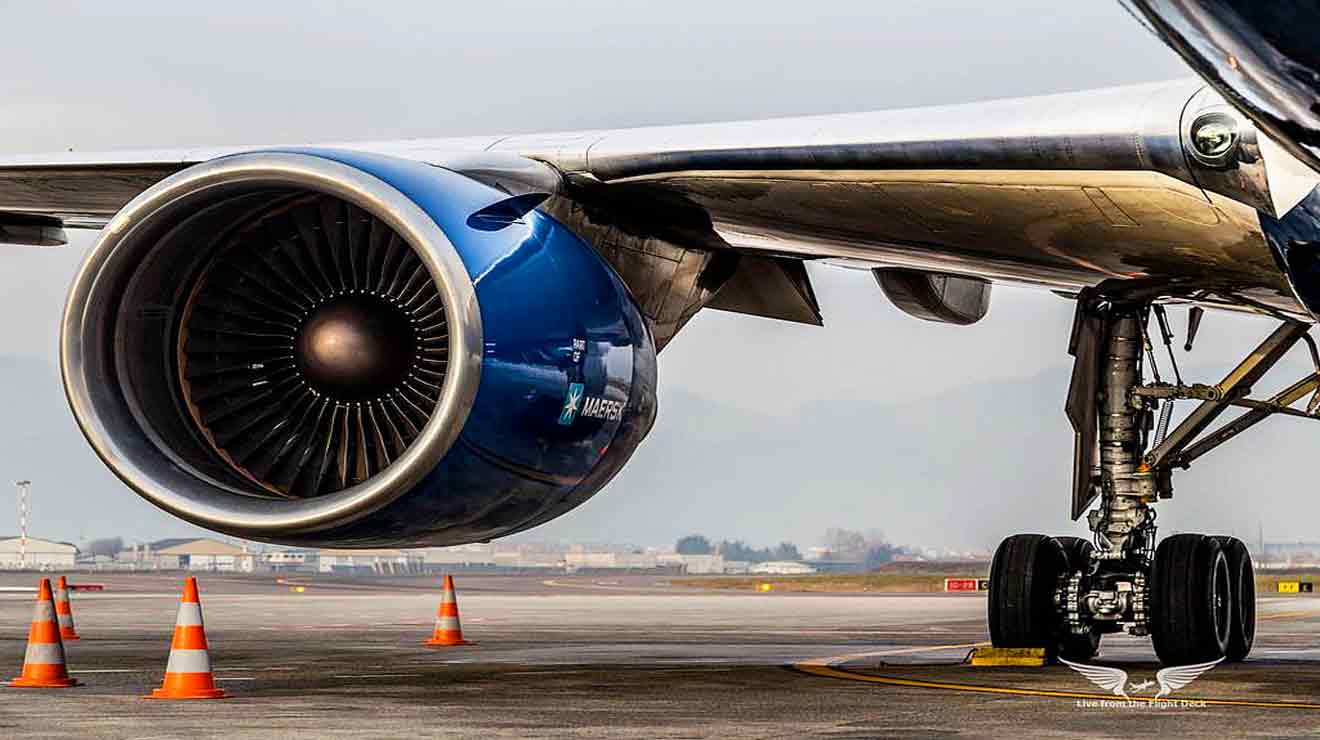
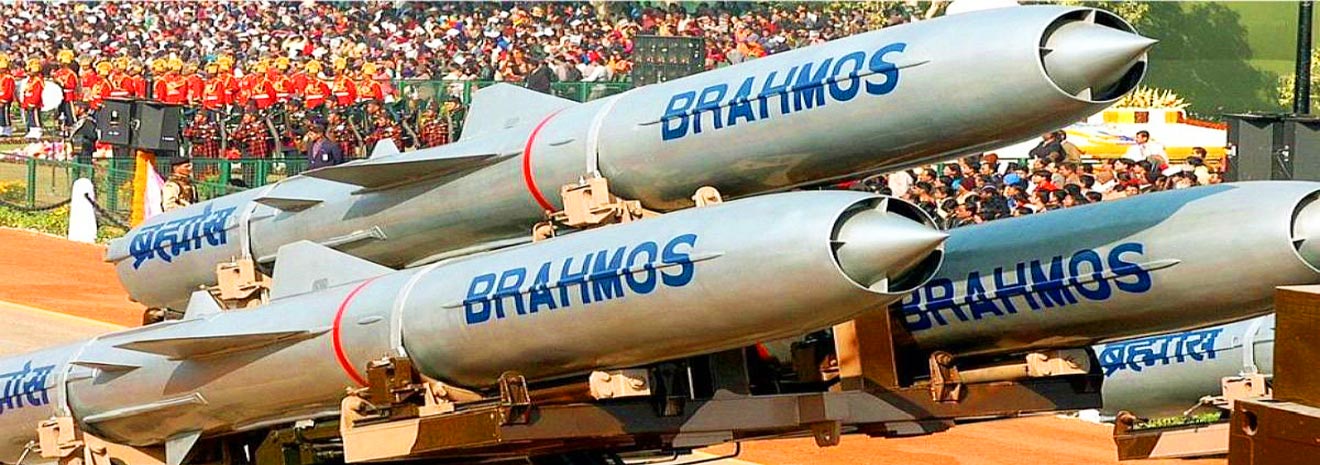





Add Comment